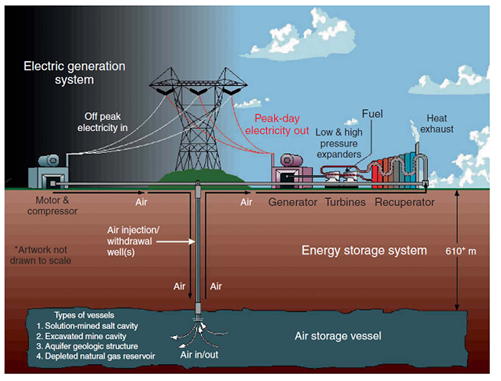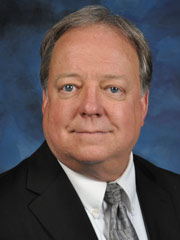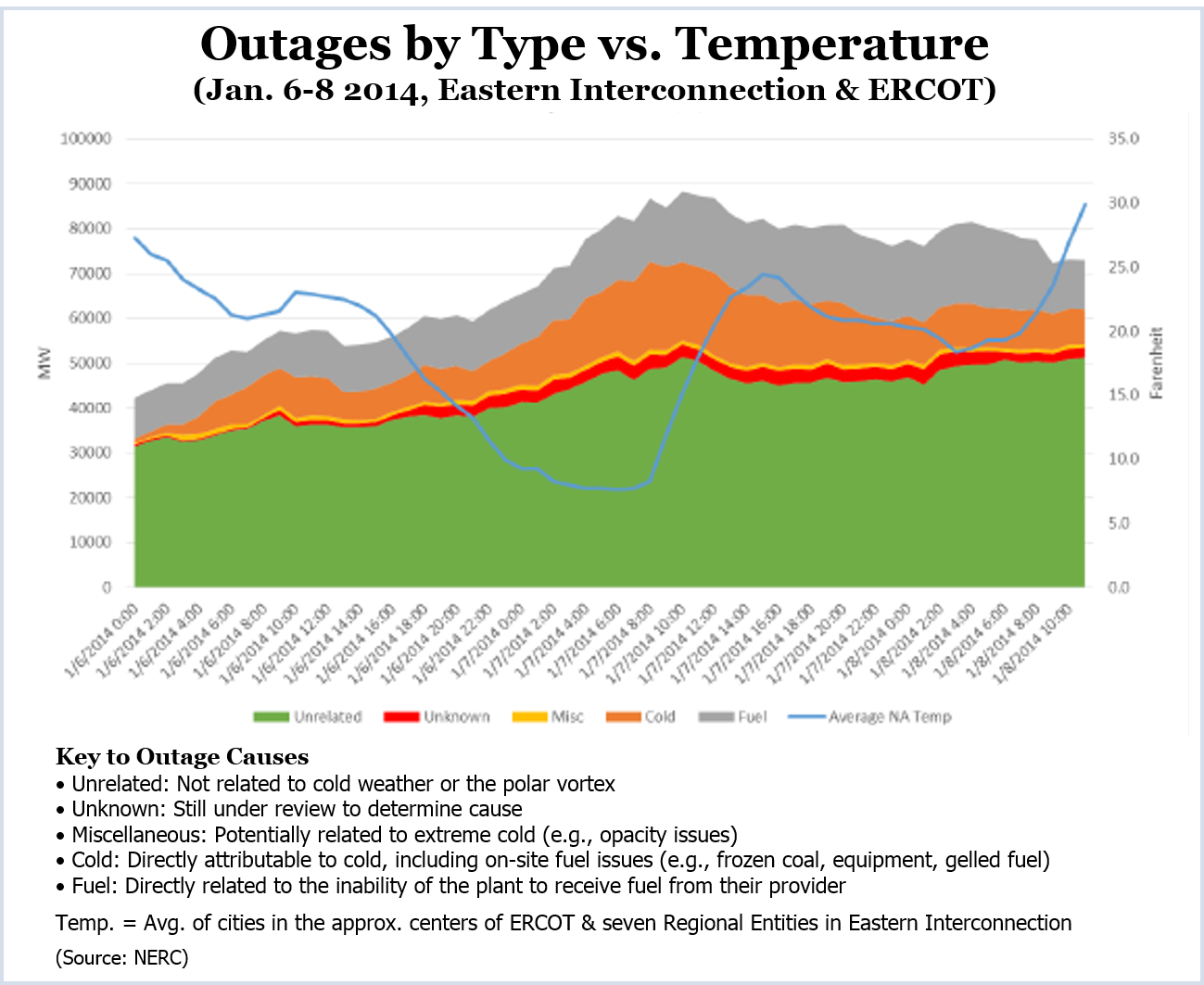By Rich Heidorn Jr.
PJM officials said Wednesday they are optimistic that demand response will continue its role in capacity and energy markets, even though only 30% of current DR will be immediately eligible under the RTO’s proposed response to the Electric Power Supply Association decision.
At an hour-long briefing with members at PJM’s Valley Forge headquarters, General Counsel Vince Duane and Executive Vice President for Markets Andy Ott fielded questions on the legal and operational implications of the white paper released Tuesday in response to the D.C. Circuit Court of Appeals’ May 23 ruling (Electric Power Supply Association v. Federal Energy Regulatory Commission) that overturned FERC Order 745.
The court ruled that FERC’s order, which required PJM and other RTOs to pay DR resources market-clearing prices, violates state ratemaking authority. (See Appeals Court Snuffs Hope for FERC Demand Response Jurisdiction.)

To sidestep the legal issues, PJM proposes to have load-serving entities bid for DR and energy efficiency beginning with the May 2015 Base Residual Auction for the 2018/2019 delivery year.
Ott said 30% of DR is currently provided through retail marketers and other load-serving entities. For the remainder, Ott said PJM “will work with states on how those relationships could evolve.”
Ott said there was no need to conduct simulations on the potential impact on the capacity market if only 30% of current DR were available. “I don’t think it’s a realistic assessment to say only 30% will participate,” he said. “All we’re talking about is changing the contractual relationship with customers. The capability is there. We believe there’s enough incentive to encourage participation.”
‘Trial Balloon’
Duane said PJM is continuing to operate under its current Tariff but will need to decide by the end of the year whether to include DR in the 2015 Incremental and Base Residual Auctions.
“We will be ever more nervous [working under the Tariff] but we have no choice,” he said. “We’re really floating more of a trial balloon than anything else. We’re very interested in what kind of feedback it gets and whether its gets support and interest.”

PJM submitted the white paper, “The Evolution of Demand Response in the PJM Wholesale Market,” as an informational filing in response to FirstEnergy’s revised Sept. 22 complaint asking FERC to throw out the DR that cleared in the May BRA for delivery year 2017-18 (EL14-55).
Duane said PJM made the filing because ex parte rules prevented the RTO from talking directly with the commission about the path forward. “We have not been able to have any kind of reasoned discussion with the commission because of the pending [FirstEnergy] complaint,” Duane said. “The only way to express ideas is to do so in a very public way.”
Duane said PJM believes its plan complies with EPSA because it’s “not a pay-for-curtailment” but rather would result in lower clearing prices and avoided costs of capacity and energy.
“It’s really a savings as opposed to a rebate,” said Ott.
‘Arranged Marriage’

Bruce Campbell of EnergyConnect said he was concerned about how the proposal “would sustain competition and innovation.”
Katie Guerry, vice president of regulatory affairs for EnerNOC, thanked PJM for being “proactive” but called the proposal “a little overly conservative” and said it conflicts with “the realities of supply arrangements and contractual agreements between LSEs and customers.”
“Fundamentally, PJM’s proposal amounts to an arranged marriage between DR providers and load-serving entities. That’s the antithesis of choice, which is the fundamental principle of healthy, competitive markets,” Guerry said.
“We don’t believe this maximized what is available to us within the bounds of the law,” she continued, adding that the proposal may conflict with recent 3rd and 4th Circuit Court opinions that barred New Jersey and Maryland from subsidizing construction of new generation as an infringement on federal authority.
Direct Energy’s Marji Philips said PJM’s proposal is premature and would disrupt longstanding relationships between DR resources and curtailment service providers (CSPs).
“If every CSP can’t come to an agreement with the LSE then that capacity goes away,” she said in an interview. “In terms of a transition, there’s a better way.”
Philips said states could delegate management of DR to PJM, similar to the arrangement that governs the Generation Attribute Tracking System (GATS), which states use in awarding renewable energy credits (RECs).
In the white paper, PJM acknowledged that other approaches “are conceptually possible under the EPSA decision” but said it chose its proposal to avoid “exposing PJM and its members to unacceptable litigation risk and uncertainty as to settled market outcomes.”
“The reach of the EPSA decision is subject to debate. Technically, the decision vacated FERC Order No. 745, which was confined only to the payment of demand resources in the wholesale energy market. However, the jurisdictional analysis applied by the majority to reach the vacatur suggests a precedent that could apply, when litigated, to PJM’s Reliability Pricing Model capacity market.”
States
John Brodbeck of Pepco Holdings Inc. said Maryland and Delaware’s DR programs are “heavily dependent” on capacity revenue and could “starve” without it.
PJM officials said they had discussed the options with “several states,” including New Jersey and Maryland.
Duane said the proposal “will require coordination and some degree of participation with the states. The states we have talked to have been very thoughtful about how they might continue to encourage” DR.
He acknowledged it may place responsibilities on electric distribution companies (EDCs). “We are prepared to work through these details,” he said.
Eric Matheson, energy advisor to Pennsylvania Public Utility Commissioner James Cawley, said it was unclear how the proposal would play in his state. “There’s not enough meat on the bones right now. I just don’t know,” Matheson, who attended the briefing, said in an interview afterward.
Deputy Delaware Public Advocate Ruth Ann Price agreed. “Given the cursory review and the details given … there’s so few facts it’s hard to evaluate,” she said in an interview.
Next Steps
More than 300 stakeholders and reporters listened in to the briefing via phone — a new record for a PJM webcast, according to Dave Anders, director of PJM stakeholder affairs — in addition to more than 20 stakeholders who attended in person.
Ott said it will be up to FERC and the courts to decide on the path forward. “Ultimately it’s going to be done at FERC,” he said. Whether stakeholders get to weigh in formally “will depend on what FERC does,” he said. “At this point it’s not” a stakeholder process.
FERC asked the D.C. Circuit Sept. 22 to stay its decision until it and the U.S. Solicitor General decide whether to seek a Supreme Court review. The petition for certiorari — a very long shot — would be due Dec 16.
Members will continue discussions on the proposal at the Oct. 30 Markets and Reliability Committee meeting in Wilmington.
PJM said it expects to file an answer opposing the FirstEnergy complaint by Oct. 22.










